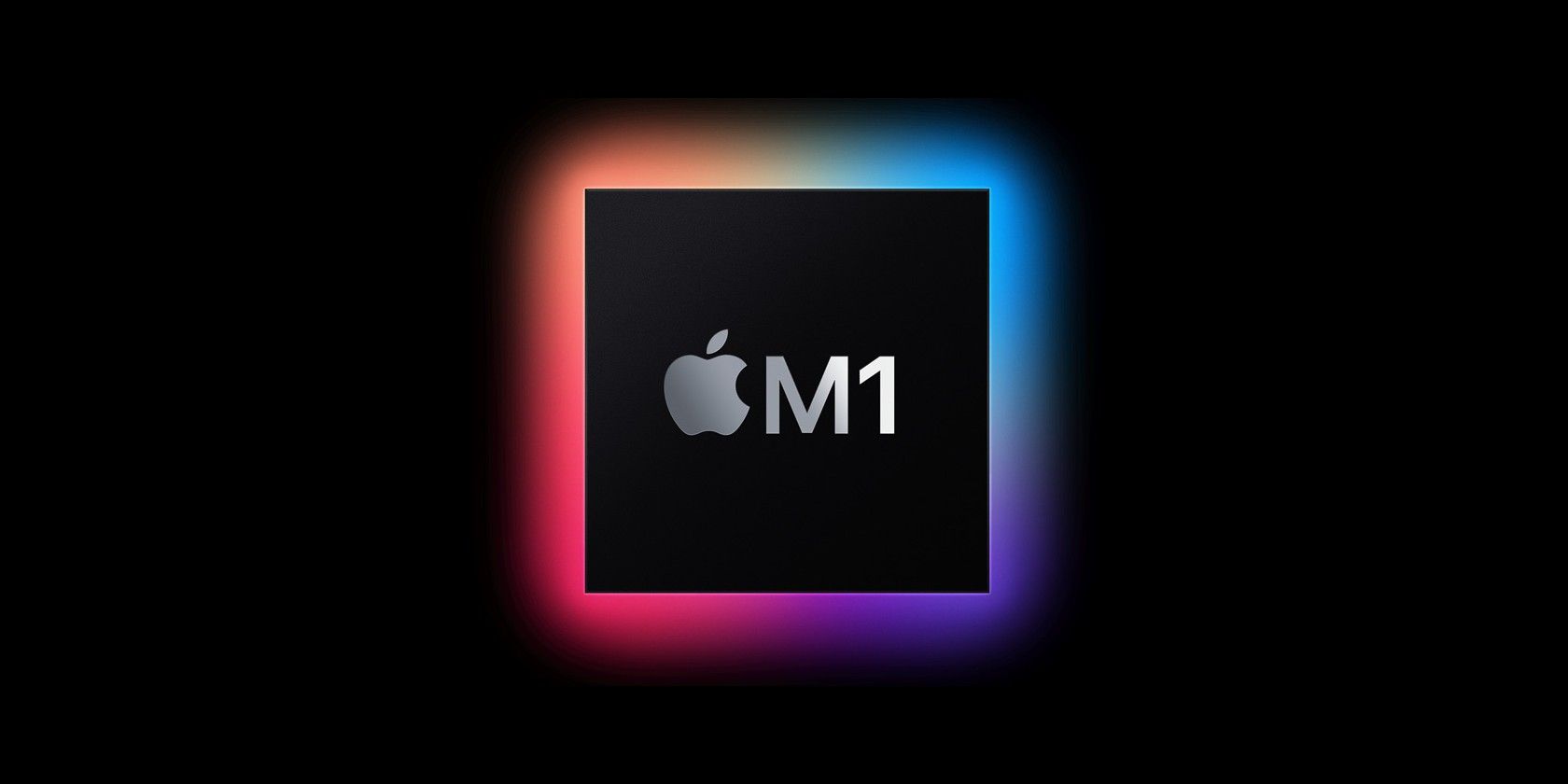Apple's new M1 processor has caught the headlines for all the right reasons. It is fast, power-efficient, and hitting benchmarks in all the right places. Yet, there are still surprise to come, as screenshots of Windows 10 ARM64 edition running on Apple's new silicon have emerged.
Not only that, but the Apple M1 processor appears to provide better benchmarks than the Windows 10 ARM edition reference device, the Surface Pro X.
The Apple M1 Chip Runs Windows 10 ARM Edition
Developer Alexander Graf tweeted a screenshot of the Windows 10 Task Manager, displaying the Performance tab. The tab shows a mysterious CPU type, "virt-5.2." Graf confirmed that this is the Apple M1 chip, running Windows 10 ARM edition.
Graf took a version of Windows 10 ARM64 Insider Preview and ran it through a custom version of the popular virtualization tool, QEMU. After virtualizing, Graf ran it through the Apple Hypervisor.framework, Apple's virtualization tool.
The combination allowed Graf to not only boot Windows 10 ARM64 Insider Preview on Apple's M1 chip, but to record some pretty decent benchmarks, too. You can see the benchmarking test results on Geekbench.
While these numbers may seem confusing, there are a couple of standouts. Notably, the virtualized M1 chip recorded a single-core score of 1288 and a multi-core score of 5449, considerably higher than the Microsoft Surface Pro X's single-core score of 762 and multi-core score of 3005 on Geekbench.
Windows 10 Running Natively on M1 Silicon?
Seeing Windows 10 ARM64 running on the Apple M1 chip is surprising, but not completely unexpected. The Apple M1 chip uses an ARM-based design, which opens up questions about running Windows natively on the hardware.
In an interview with Ars Technica, Apple's Senior VP of Software Engineering, Craig Federighi, said:
That's really up to Microsoft. We have the core technologies for them [Microsoft] to do that, to run their ARM version of Windows, which in turn, of course, supports x86 user-mode applications. But that's a decision Microsoft has to make, to bring to license that technology for users to run on these Macs. But the Macs are certainly very capable of it.
The prospect of native hardware support is perhaps closer than we think.
If Alexander Graf's virtualization project sounds exciting to you, and you want to help out or just want to poke around the interesting patches, you can explore the Implement Apple Silicon Support project. It is a little complicated, but as Graf says, the outcome is "pretty snappy."

